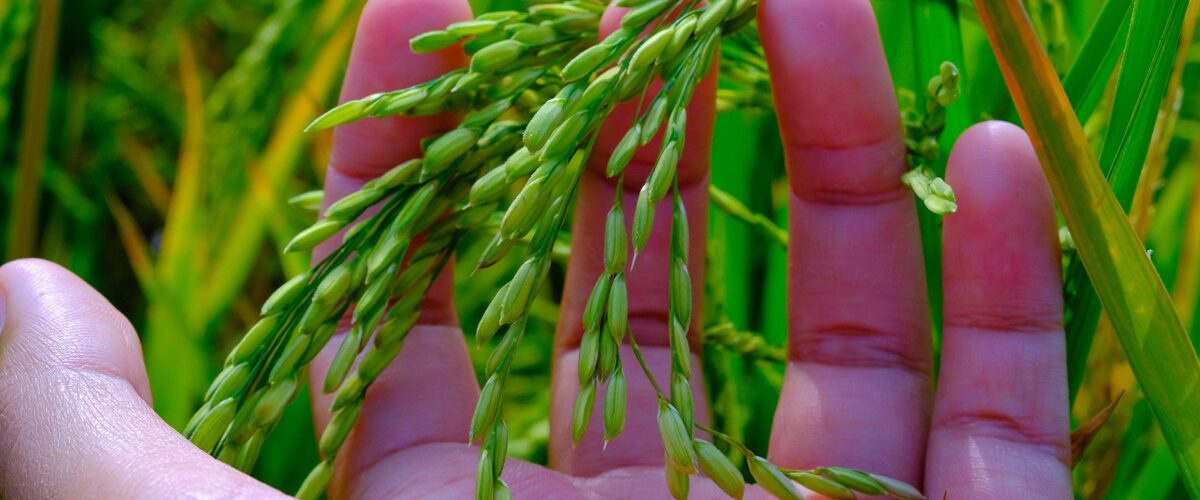## Rice-Based Feeds: A Nutritious and Economical Alternative for Cattle Producers
The ever-increasing freight and input costs have forced agriculture producers to find innovative ways to reduce expenses and generate revenue. In the heart of the Gulf Coast Rice Belt, rice-based feeds have emerged as a solution to these challenges.
**The Genesis of Rice-Based Feeds**
In the aftermath of Hurricane Harvey, Halley Moor, a Chambers County, Texas rice farmer, found himself with non-food-grade rice piling up in his bins. Desperate for a solution, he hauled the rice to his ranch in Sanderson, Texas, to feed wildlife. The success of this initiative inspired Moor to establish 1900 Feeds, a company specializing in rice-based feeds.
**Economic Benefits**
Utilizing locally sourced grains, such as rice, eliminates the need for expensive transportation costs, providing a significant economic advantage to both farmers and ranchers. By removing the freight expense, rice-based feeds can compete competitively with leading brands on both price and quality.
**Nutritional Value**
Whole-grain rice and its byproducts are often overlooked in cattle feed rations due to their cost in the human food market and the low nutritional value of certain byproducts. However, rough rice, which incorporates the grain, hull, and other plant components, contains 7% protein, making it a viable ingredient in cattle feed.
When supplemented with other protein sources such as soybean meal, cottonseed meal, or dried distillers grains, rice-based feeds provide a highly energetic feed with optimal starch levels.
**Ideal for Stocker Operations**
Rice-based feeds are particularly suitable for stocker operations, which focus on growing and developing cattle. The high energy content of these feeds provides the necessary nutrients for cattle in the backgrounding phase. Additionally, blending rough rice with protein supplements ensures that the feed meets the nutritional needs of mature cows on grass.
**Local Sourcing and Consumer Demand**
In the modern consumer landscape, there is a growing demand for locally sourced beef. By utilizing rice-based feeds produced from locally grown grains, farmers can cater to this demand, building connections with customers within their immediate vicinity.
**Contact LEO Agriculture for More Information**
LEO Agriculture is a global manufacturer of premium feed mixers and manure spreaders. We can distribute our products to most countries and are committed to providing exceptional service. Contact us today for a quotation or to become a distributor.
For more information, visit www.leo-ag.com
**Disclaimer:** This article was written by an AI and the information provided may contain inaccuracies. Please consult a professional from LEO Agriculture for accurate and up-to-date information.
**Trademark Notice:** Any trademarks used in this article do not indicate that the manufacturers, distributors, or endorsers of those parts are in any way affiliated with or endorse LEO Agriculture.
Key Words: Rice-based feeds, Cattle feed, Economic alternative, Gulf Coast Rice Belt, Hurricane Harvey, Local sourcing, Nutritional value, Stocker operations, Consumer demand, Protein sources, Energy content, Vertical, TMR, Feed, Mixer, Manure, Spreader, LEO, Agriculture
Visit www.leo-ag.com for more information.
If trademarks have been used in this AI article they do not belong to FMK and the represented company does not manufacture, distribute or endorse these parts,machines, or articles. They have no affiliation with LEO and probably dislikes us.

